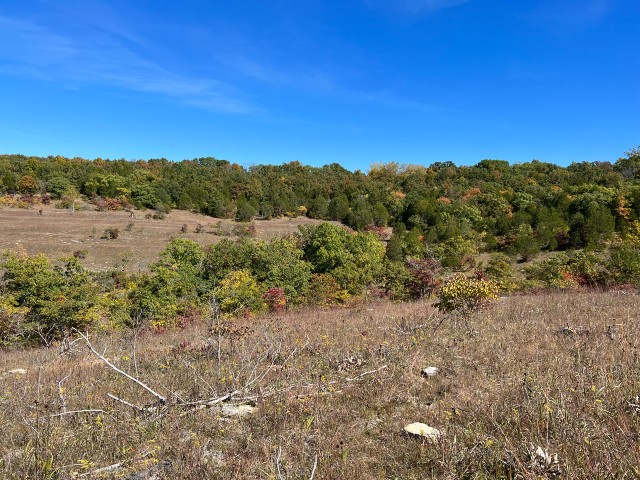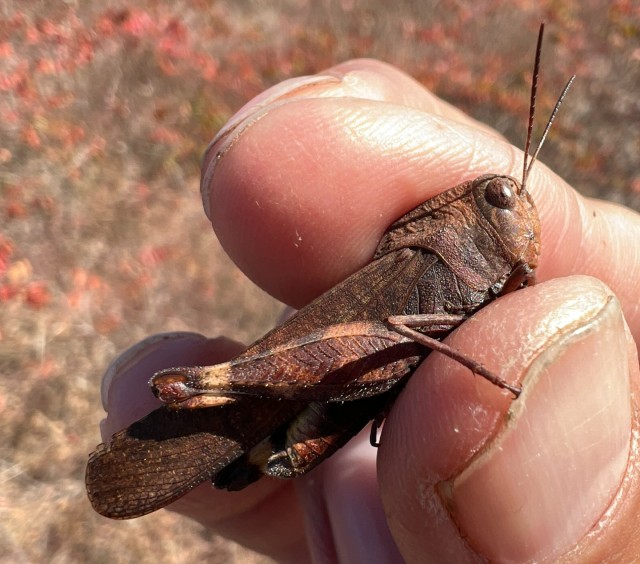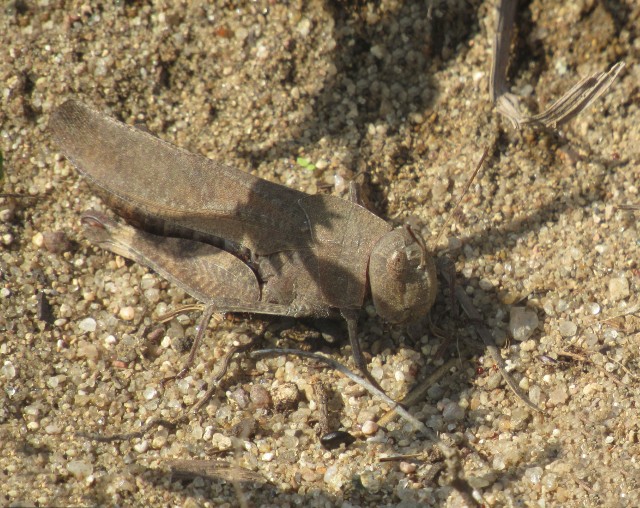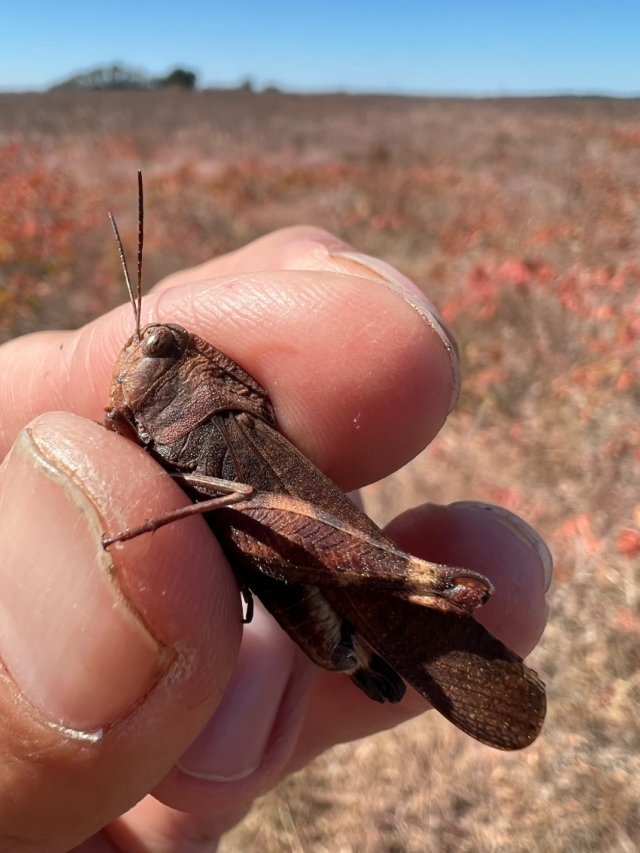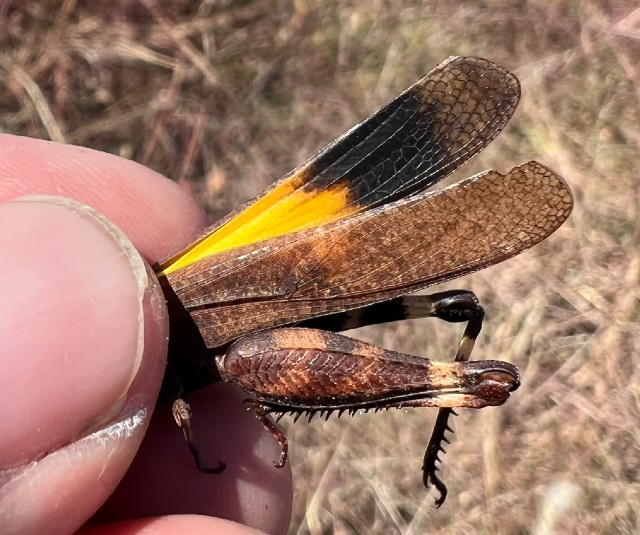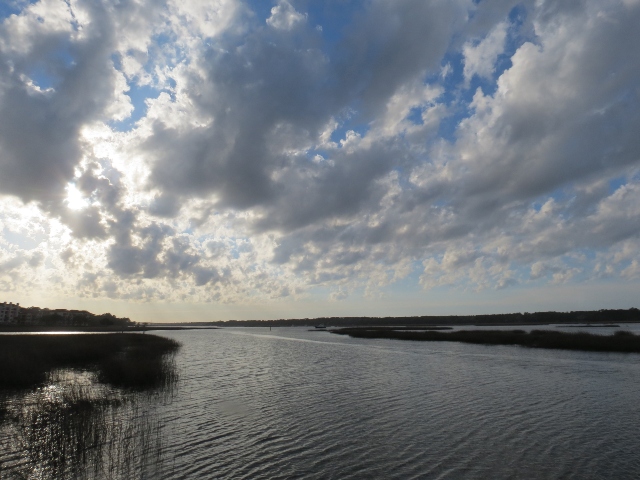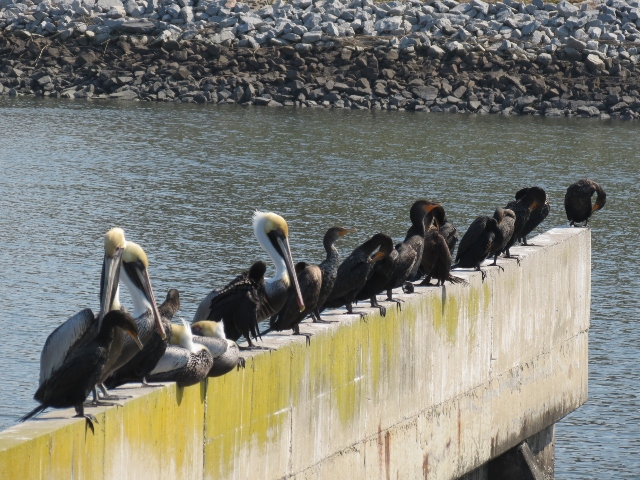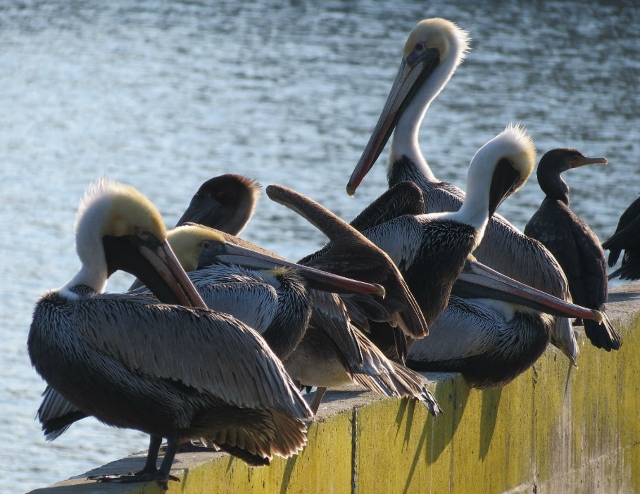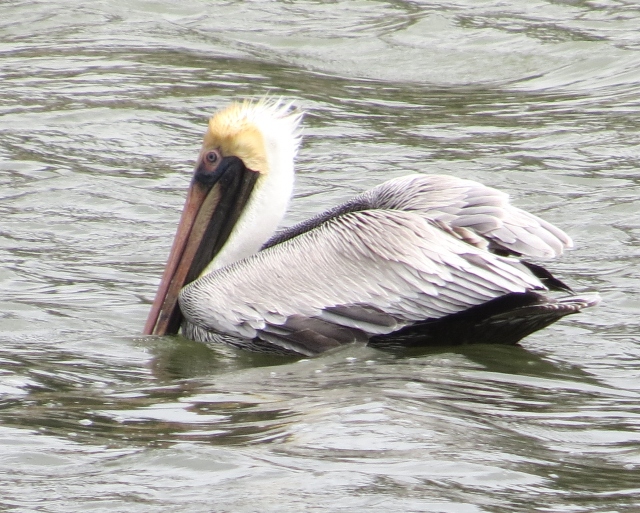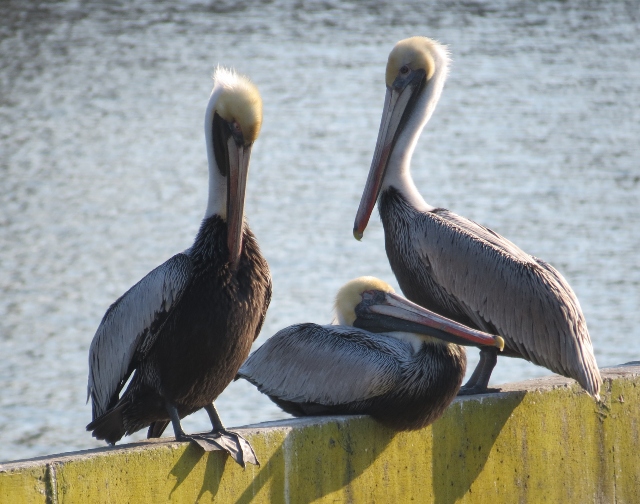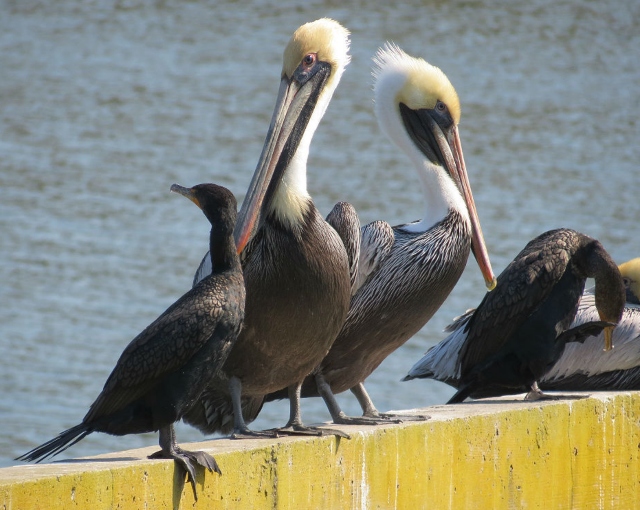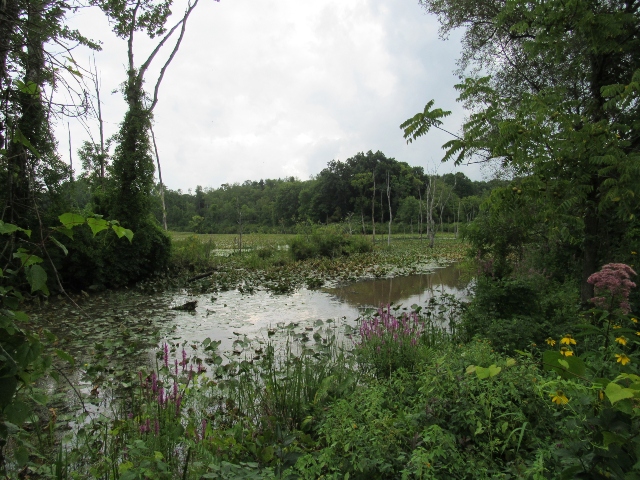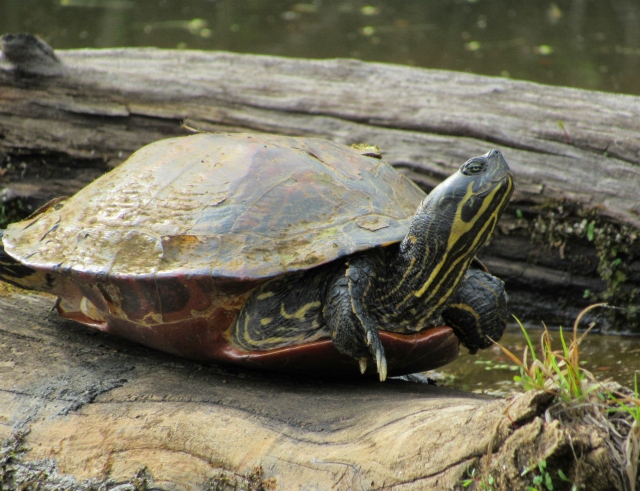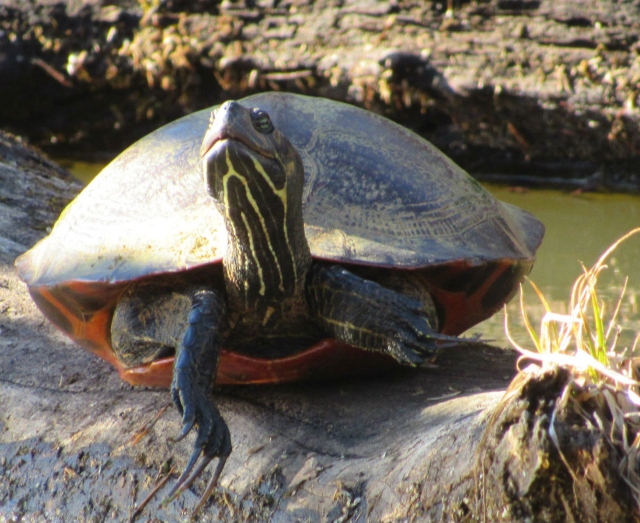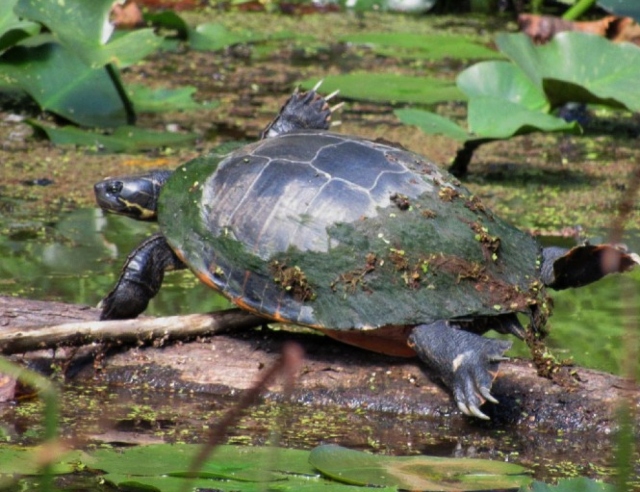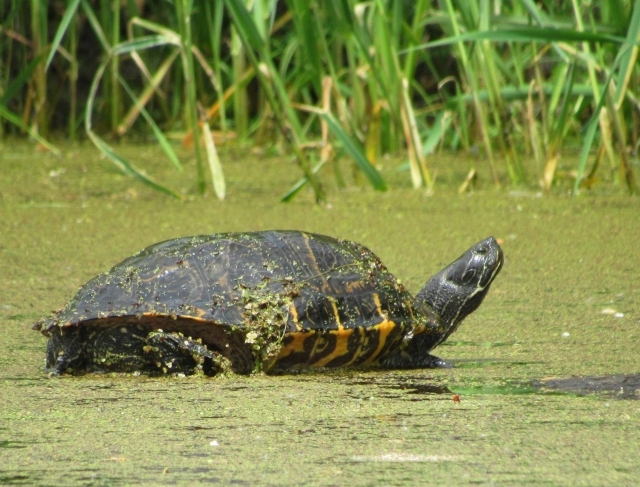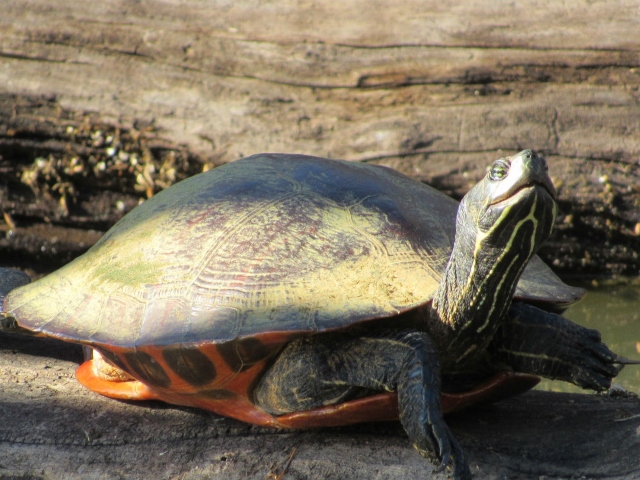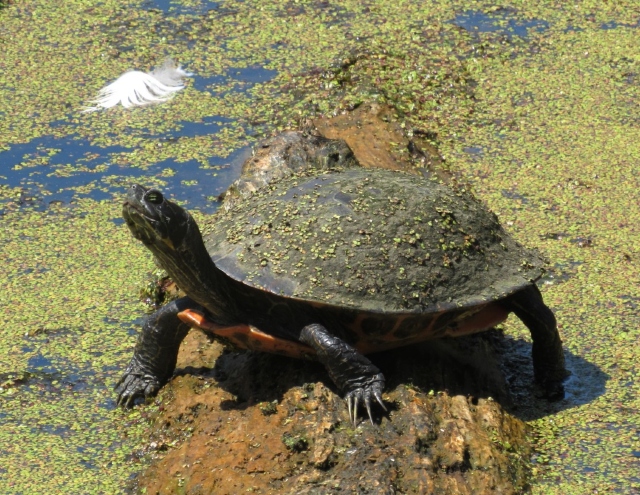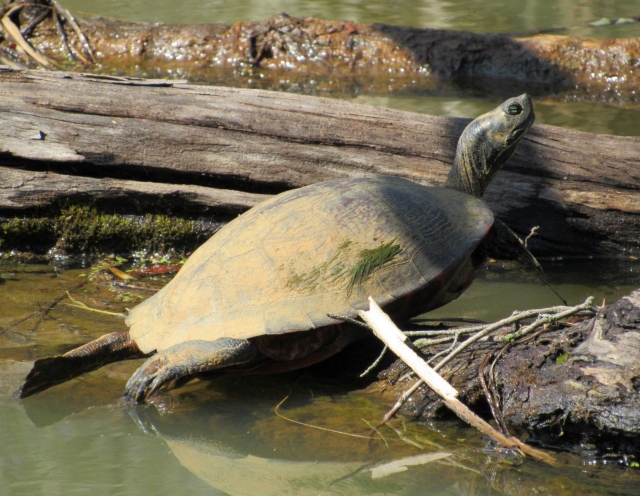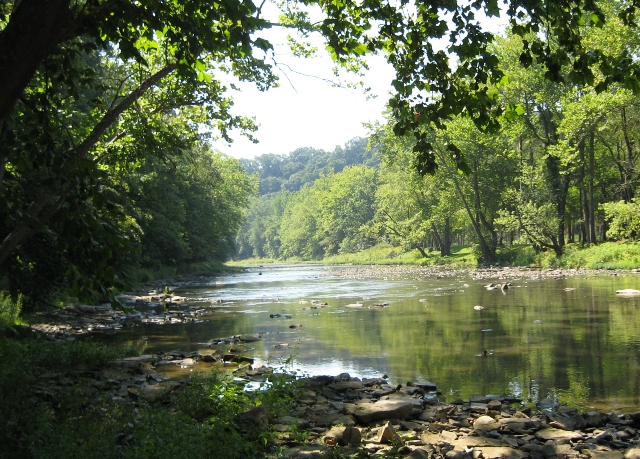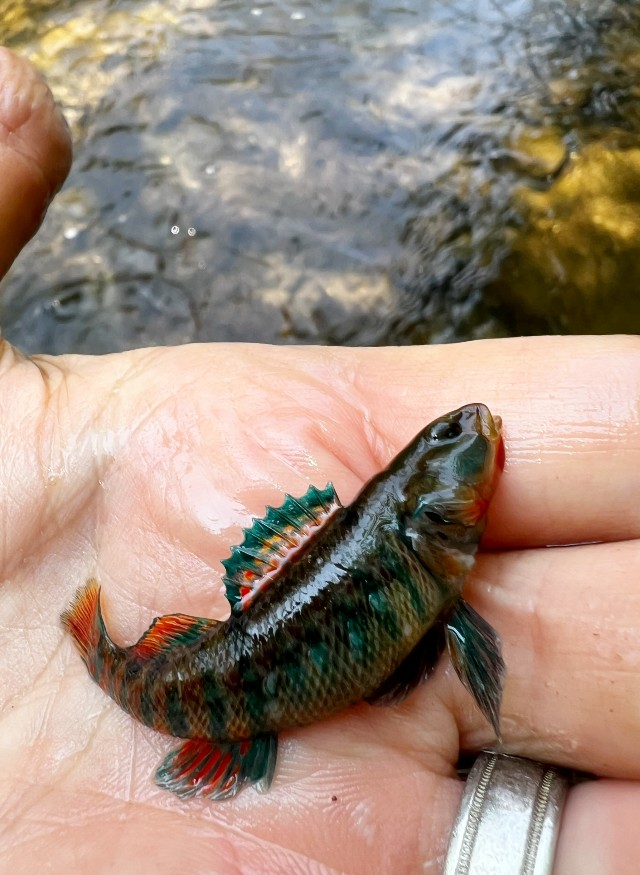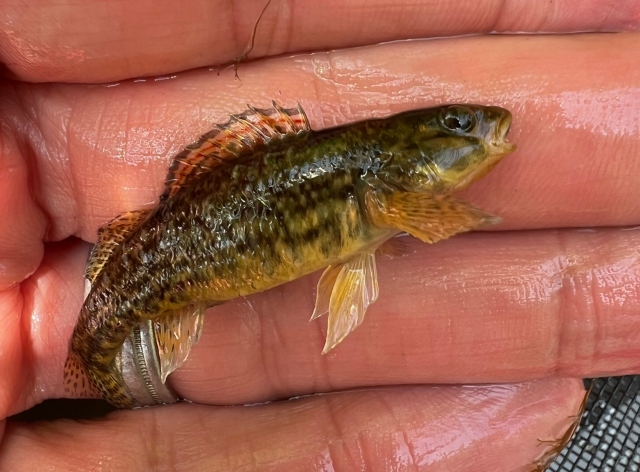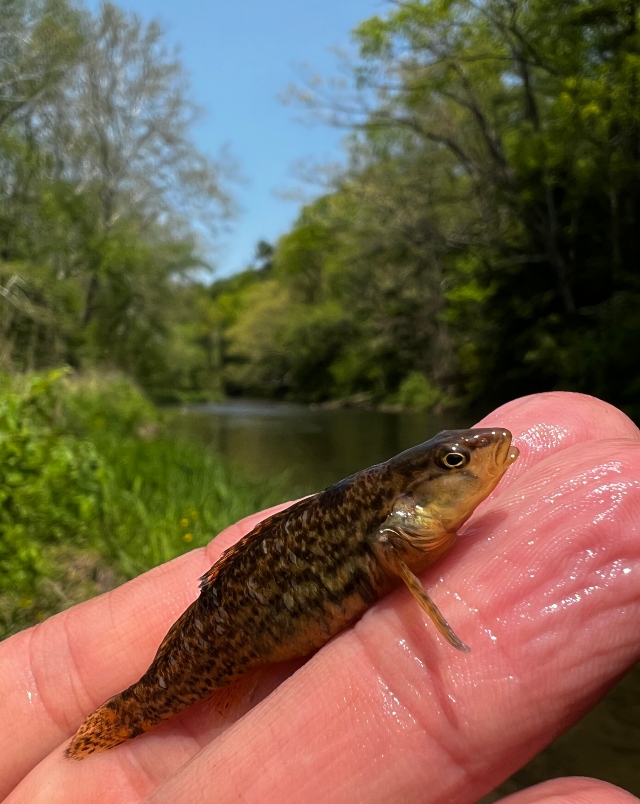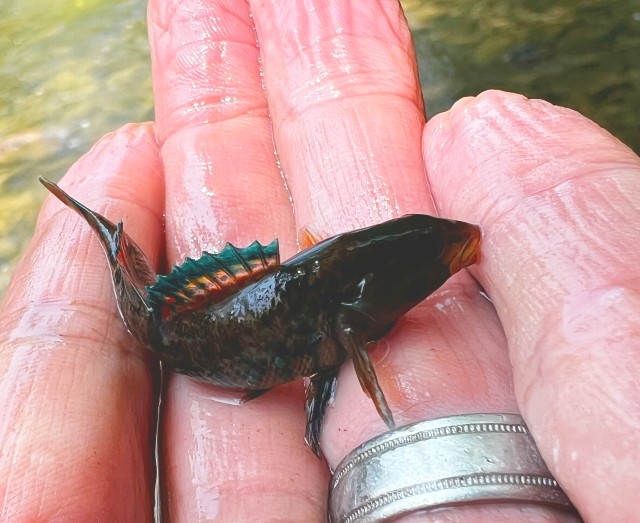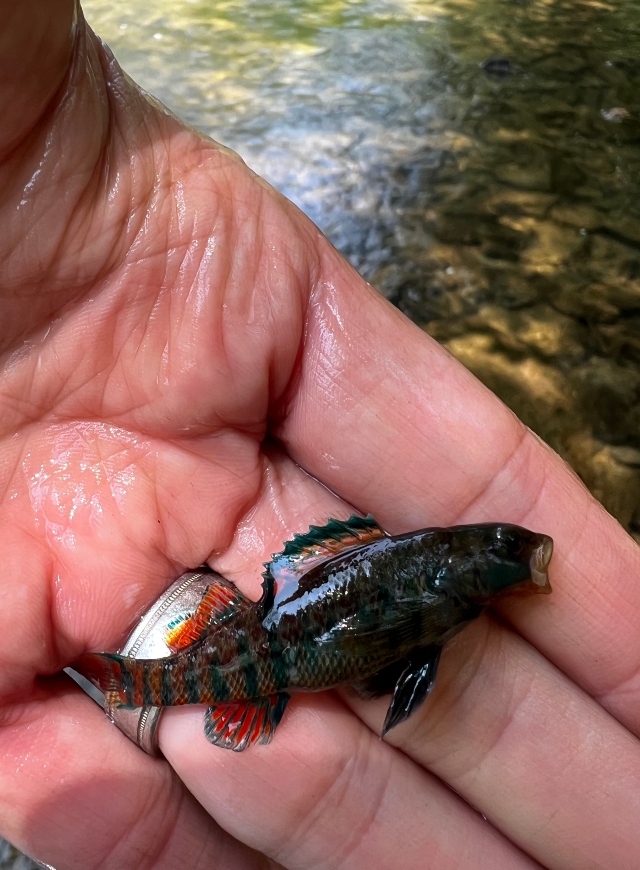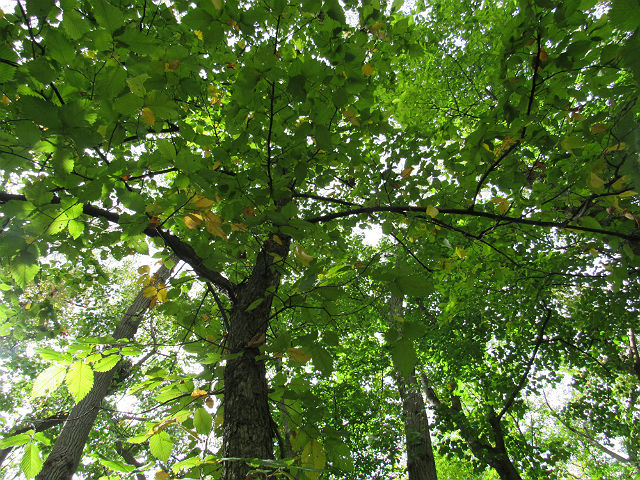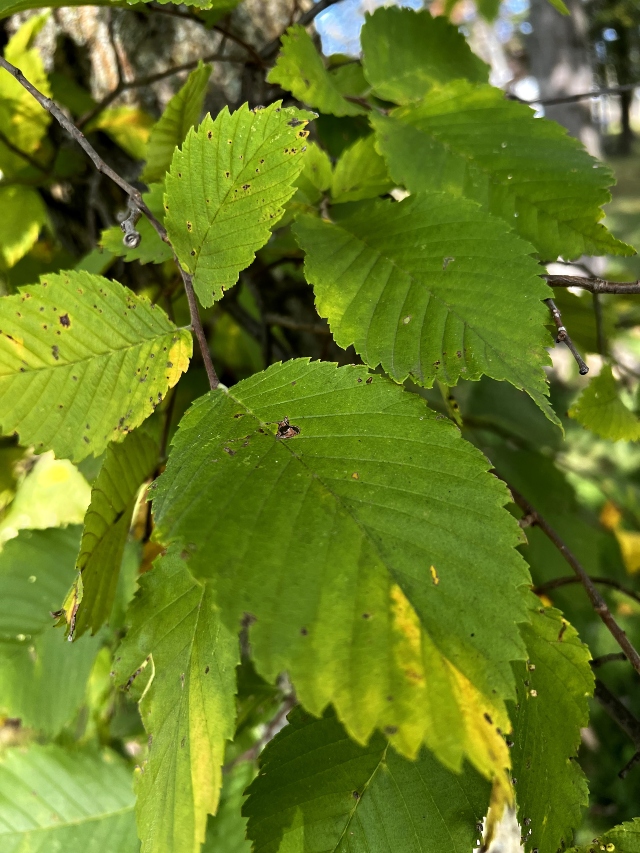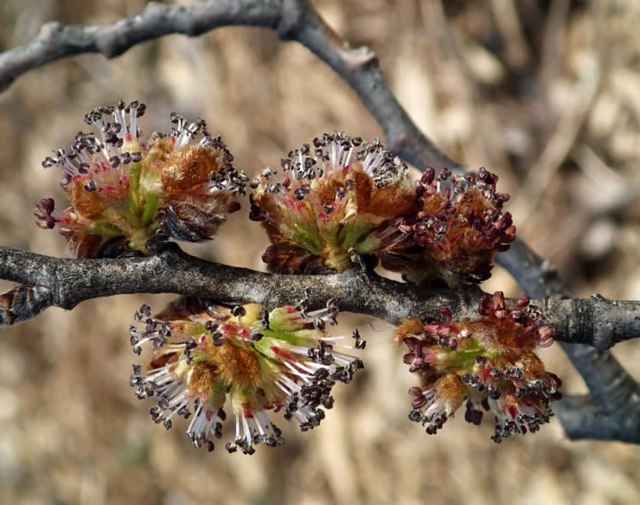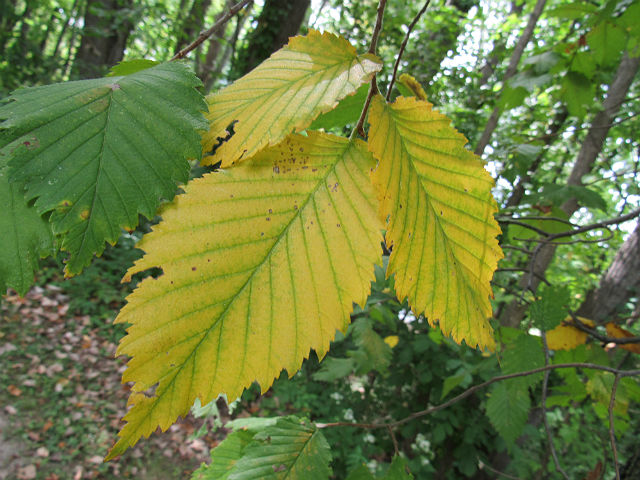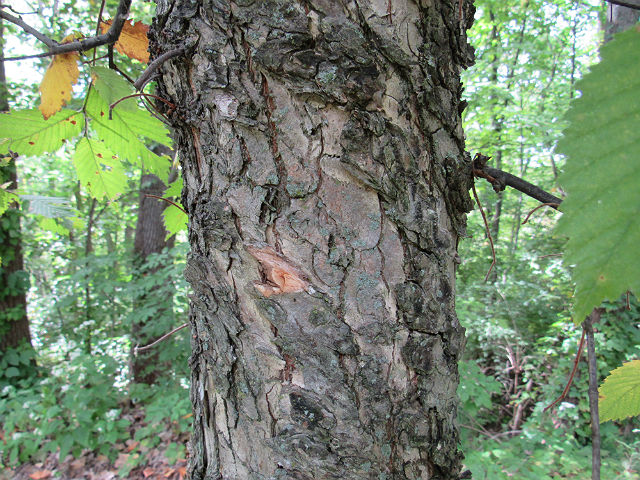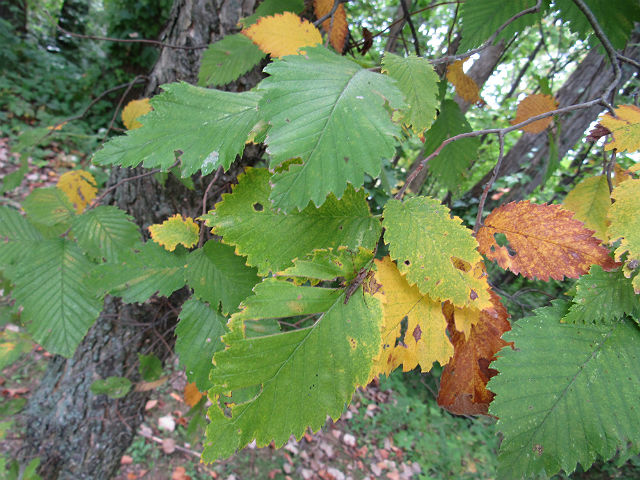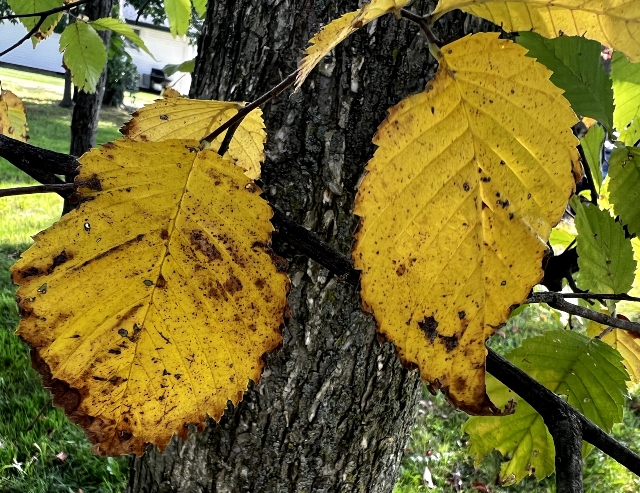While hiking through open fields in Missouri, I noticed several examples of this cool insect. This large, brown grasshopper is about 1-1/2 inches long and most often seen from late Summer into Autumn. This rather drab-looking creature belongs to the family known as the Short-horned Grasshoppers. It occurs throughout the eastern and central United States in open woodlands, grasslands, dry fields and prairies.
When approached, it is quick to retreat and fly away. When it flies away, it shows its bright yellow or orange hind wings and makes a rattling noise. The sound produced in flight is a behavior known as crepitation.
Species that produce sound also have hearing organs. In crickets and katydids, these “ears” are on the front legs. In grasshoppers, they are on the sides of the first abdominal segment. Many grasshoppers produce ultrasonic mating calls (above the range of human hearing). In some species, the sounds may be as high as 100 kHz. (Human hearing extends to about 20 kHz.)
When resting, this species often blends exceptionally well with soil. Its wing pattern puts it in a group known as Bandwinged Grasshoppers, which are usually heavy-bodied and bear enlarged hind legs. The head of this grasshopper often appears enlarged and broadly rounded.
Autumn Yellow-Winged Grasshoppers feed on various grasses. They do not seem to occur in abundance anywhere and therefore they are not considered a pest species.

